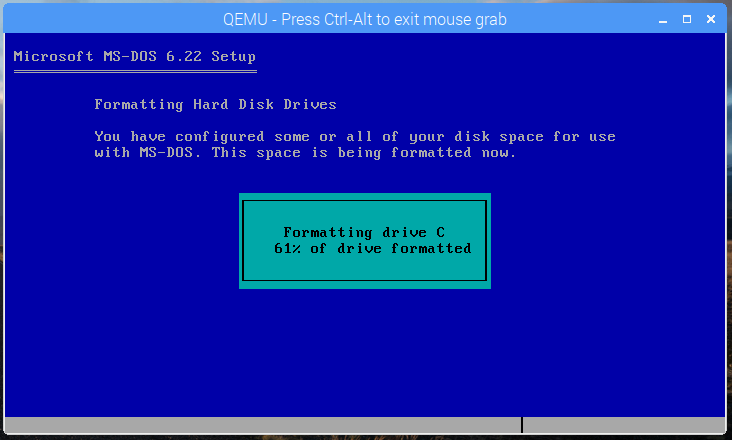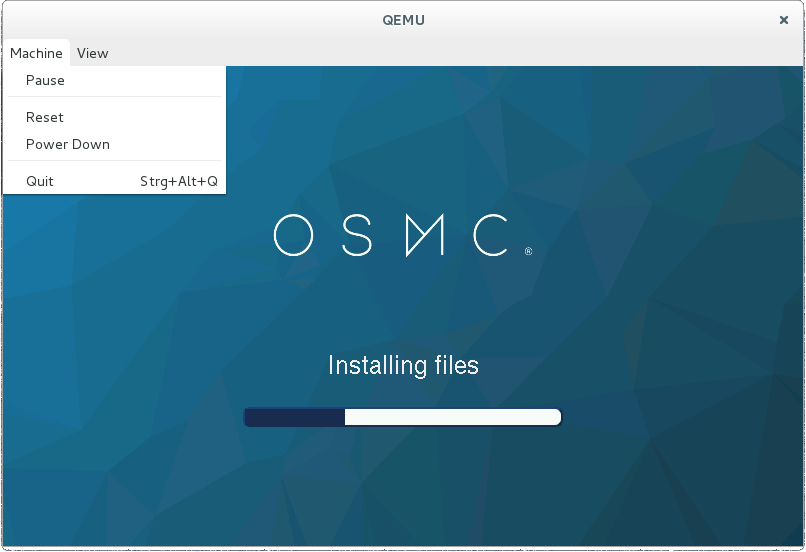

We can run the instance under QEMU with emulation using the 'run-noaccel' make target. Test program to build we'll start with "hw", which is a simple hello world CROSS_COMPILEĬan be overridden to a different prefix if necessary. Target, automatically set CROSS_COMPILE to "$ARCH-linux-gnu-". Theīuild will check the host architecture and, if it differs from that of the Target platform, which also implies the target architecture (ARCH). Specifically designed for virtual machines and is not restricted by the need This machine type is ideal for use with Nanos as it is Now we're ready to clone a Nanos tree and build it for
#QEMU RASPBERRY PI 4 DOWNLOAD#
Installation or download and use the minimal Debian arm64 root image that we You can use a root image of your own Linux/arm64 The NANOS_TARGET_ROOT environment variable supplies this When cross-building for another architecture, we'll need a path to source Host that's a different architecture or OS than the target. This isn't going to work when building on a Using ops, common dependencies like shared libraries and configuration filesĪre drawn from the host system. In a native build of the Nanos kernel, or when staging a program executable Be sure that /usr/local/bin is in yourīuilding Nanos for the "virt" QEMU machine type "-target-list", separated by commas./configure -target-list=aarch64-softmmu -prefix=/usr/local Note that you may wish to add other targets to Now let's pull a QEMU tree, with only one level of commit history, andĬheck out the v5.2.0 tag: git clone -depth 1 -branch v5.2.0 qemu-v5.2.0Ĭonfigure and build.
#QEMU RASPBERRY PI 4 INSTALL#
Install dependencies for the QEMU build: sudo apt install ninja-build libglib2.0-dev libpixman-1-dev Debian's QEMU packages are much older, and the QEMU project doesn'tĪppear to provide Debian packages, so we'll just do a build straight from We recommend installing QEMU version 5.2.0 or newer to get the latest ARM First install gcc for aarch64 (we've tested on versions going back toħ.5.0): sudo apt-get install gcc-aarch64-linux-gnu This port and some of the peculiarities that arose along the way.įor this guide we'll assume you're cross-compiling on a Debian-based In this post, we'll give a little tour to show how one can cross-compile anĪarch64 image, run it under emulation (no ARM device needed) as well as Towards portability and add support for the 64-bit ARM architecture

This demand led us to take this first step With time came increased interest in the application of unikernels at theĮdge and in embedded devices.

Rather than considering what platforms might be supported in the future. Seated in this Intel-centric ecosystem for some time to come, and ourĭevelopment was more focused on getting a proof-of-concept up and running It seemed that the target audience for Nanos would be firmly Major cloud providers, which were then universally based on the x86-64Īrchitecture. Support for virtualization, making them ideal candidates for running NanosĪnd a logical next step on our support roadmap.Įarly development of the Nanos unikernel targeted applications running on Increasingly configured with the 64-bit ARM architecture and hardware Out their own ARM-based silicon in the past year. Adoption of ARM in the edge and server markets is growing, too, Or greater market share of embedded controller and mobile application ARM is ubiquitous.ARM-based hardware platforms command


 0 kommentar(er)
0 kommentar(er)
